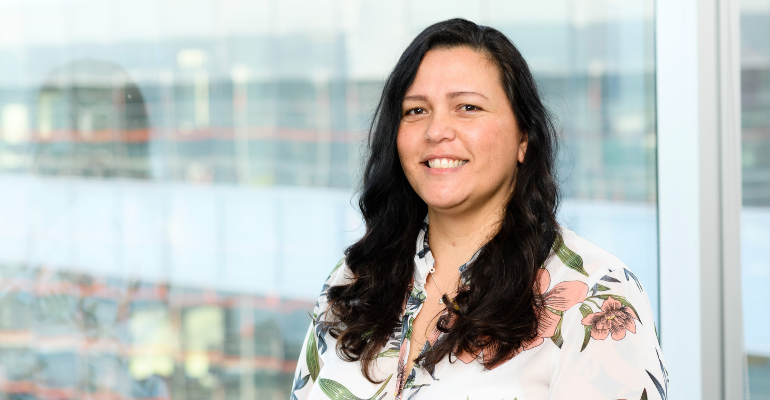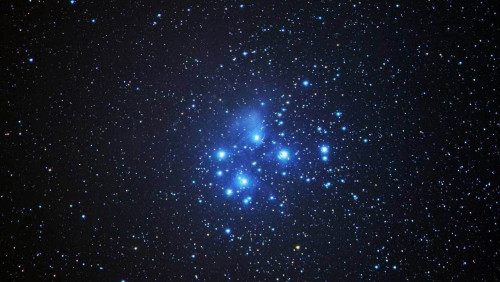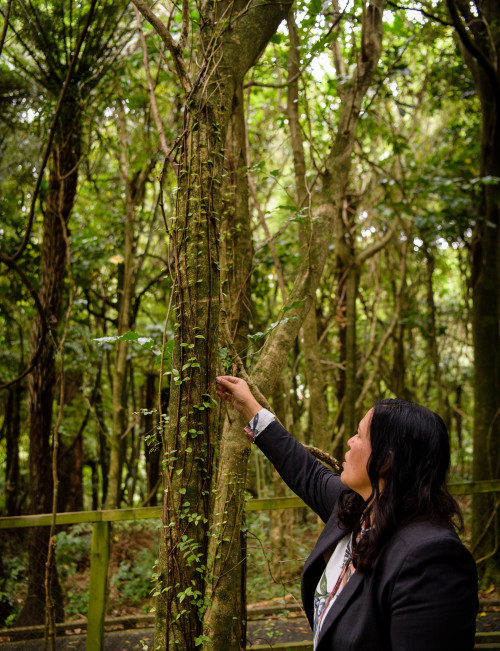Matariki with our Māori astronomer, Dr Pauline Harris
13 July 2021 | Read time: 4 minutes

Dr Pauline Harris (Rongomaiwahine, Ngāti Rakaipaka and Ngāti Kahungunu ki Wairoa) speaks with us about Matariki, the Matariki Advisory Group to the government, and her fascination with Māori astronomy.
Stargazer turned Māori astronomer
Dr Pauline Harris was first introduced to Māori astronomy while studying for her PhD in astrophysics. She describes this as a beginning of many things, and has led to many more kōrero on Māori astronomy.
She says “I have always been so fascinated with Matariki since I was little. I remember Matariki from when I was a child and the star cluster really did capture my imagination and I found a picture of it in an old National Geographic and was just totally intrigued by this star grouping. I placed the picture on my wall and it stayed there for many years, however, back then, I didn’t understand the importance of Matariki in relation to Māoridom.”
Today, Dr Harris is SfTI’s Associate Vision Mātauranga Theme Leader and Senior lecturer at Te Herenga Waka—Victoria University of Wellington. She is chairperson of the Society for Māori Astronomy Research and Traditions and is part of the Matariki Advisory Group to the government – A group, chaired by Professor Rangiānehu Matamua (Tūhoe), that is tasked with setting the dates for the Matariki public holidays for the next 30 years.

A time for reflection, rest and contemplating our environment
Matariki is a time for reflection, of being together, remembering and planning for the future. Dr Harris says it's really important to come together as family – to be home and share stories with your family and rest. She explains:
“I know in our very busy lives we spend a lot of time racing around from meeting to meeting and project to project, but we need to learn how to have a rest, and this is particularly important for some of our researchers who are committed to important kaupapa. It's important that we spend that time with family, coming together and sharing kai and talking to one another.”
An important time of Matariki is about giving back to the environment – giving back to the land, and giving back to the water. It’s a time for reflecting on the relationship we have with the environment; how we can honor the environment and what we can do to help improve its health and well being.

Matariki rising and reading
Matariki is determined by calculating when Matariki will be rising above the horizon after a period of time of not being visible in the sky. Matariki disappears from the night sky in mid-April and then reappears in mid-June, depending on where you live. It appears in the last quarter moon phase after its early morning rising. This early morning rising is called the heliacal rising, that means that Matariki rises just before the sun comes up.
To see Matariki, it must be at least five degrees above the horizon and the sun must be negative 16 degrees below the horizon and the skies need to be clear enough to be able to do a reading of it.
Mānawatia a Matariki! Celebrating Matariki
Many communities are starting to revitalise cultural practices and rituals associated with this time; one of these is called the hautapu ceremony. The ceremony involves the cooking of foods associated with these different stars in the sky and the steam from the cooked food is fed towards the stars.
There are other ceremonies involving the reciting and acknowledging of those people that have passed away during the year as well as, ceremonies about your hopes and wishes for the year to come.
Some people in other communities will celebrate and acknowledge this time by running events and many are looking towards how they can conduct ceremonies once again.
Read more
Dr Pauline Harris speaks to Spinoff about Matariki, how it's celebrated and ideas on how you can celebrate: Matariki, our guiding light. Published 3 July, 2021
An article from The MacDiarmid Institute and RNZ about the Matariki public holiday announcement with reflections from Dr Harris: Matariki holiday will 'better connect us with the natural world'. Published February 2021